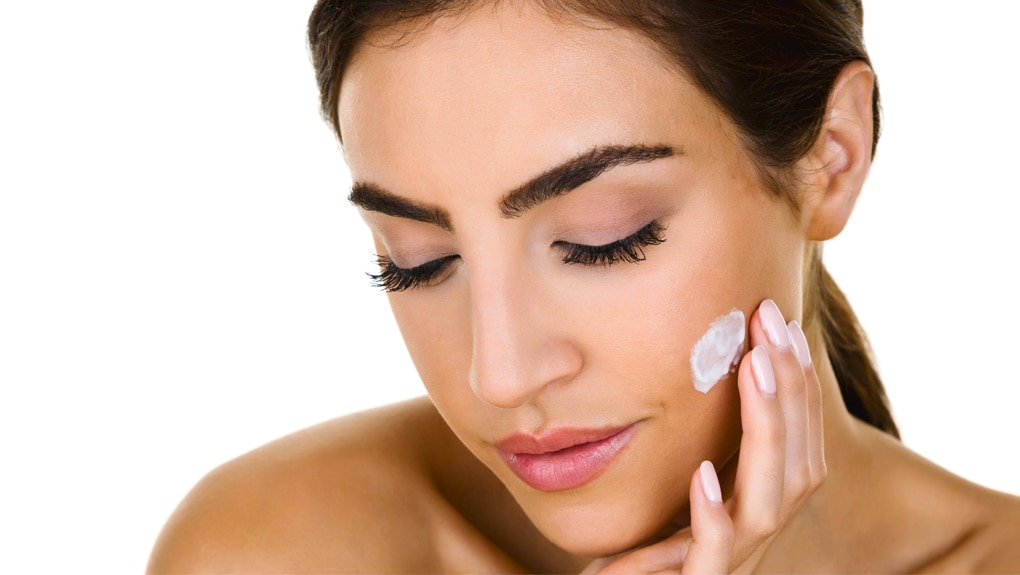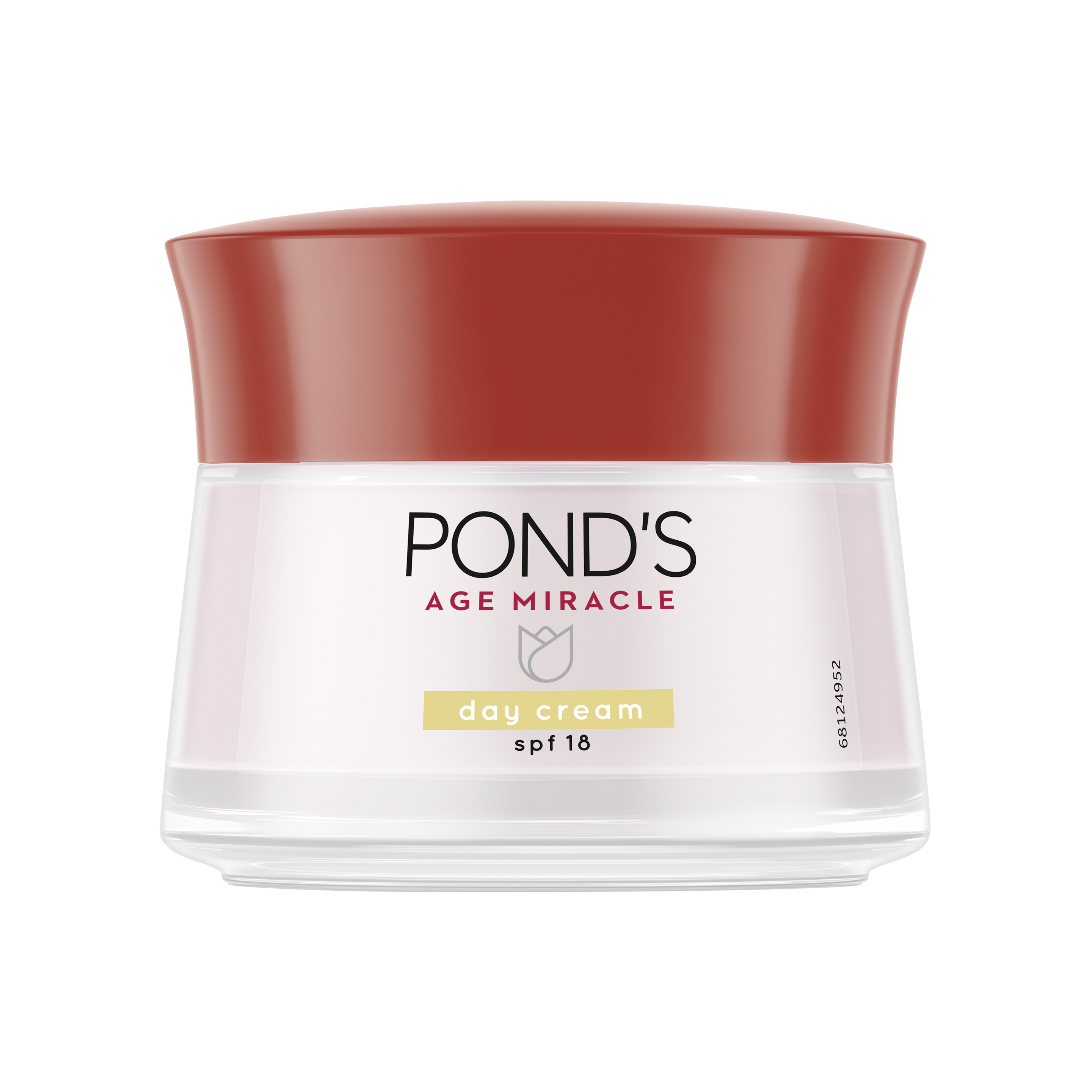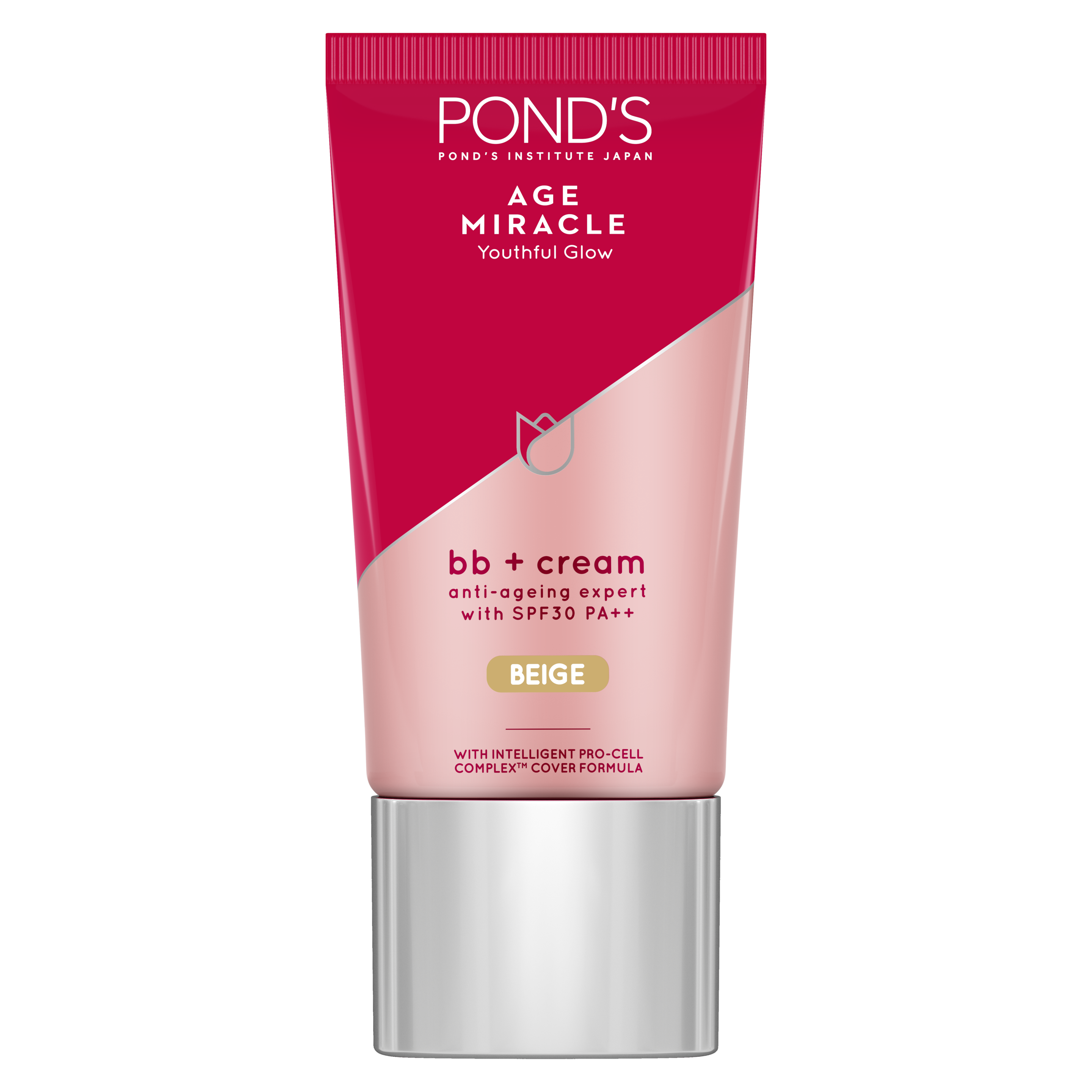It stops dark spots, but could it be causing acne?
Get the protection of sunscreen without the breakouts
In Pimples
There’s no doubt about it — wearing sunscreen is an absolute must for avoiding sun damage. And though SPF does protect the skin from the brutal rays of the sun, some types of sunscreen can clog pores and lead to breakouts.
As a result, many people feel that they must choose between breakouts or developing dark spots, or worse, sun burns. But this doesn’t have to be the case. There are a few tips to consider when selecting the right sunscreen for your daily skincare regimen.
Check the formula
It’s difficult to pinpoint which sunscreen formulas are most likely to cause acne-like skin problems, but sunscreen-related breakouts are believed to be caused by thicker, creamier products. Mineral sunscreens – those with zinc oxide and titanium dioxide – sit on top of the skin and can clog pores, especially if not cleansed off well at the end of the day. Consider using an oil-free formula and apply your SPF in a thin, even layer.
Ingredients to avoid
Certain SPF ingredients, such as fragrance and titanium dioxide, can also create irritation that paves the way for pesky pimples. Those with sensitive or oily skin should also avoid products that contain avobenzones, para-aminobenzoic acid (also known as PABA), benzophenones, oxyphenones, and methoxycinnamate (say that really quickly), which are most commonly found in waterproof sunscreens. When you avoid using waterproof sunscreen, don’t forget to re-apply it regularly to ensure you have full protection no matter how much you sweat.
Washing it away
When it comes to keeping breakouts at bay, removing your sunscreen at the end of the day is crucial. Because most products are resistant to water, they can't be easily broken down by your average foaming cleanser. Start with a makeup remover, like you’d do for a waterproof mascara, before you start cleansing, which can adhere to sunscreen and wipe it away, thus keeping your pores gunk-free.
GREAT SOLUTIONS FOR YOUNGER-LOOKING SKIN
- slide 1
- slide 2
- slide 3
- slide 4





